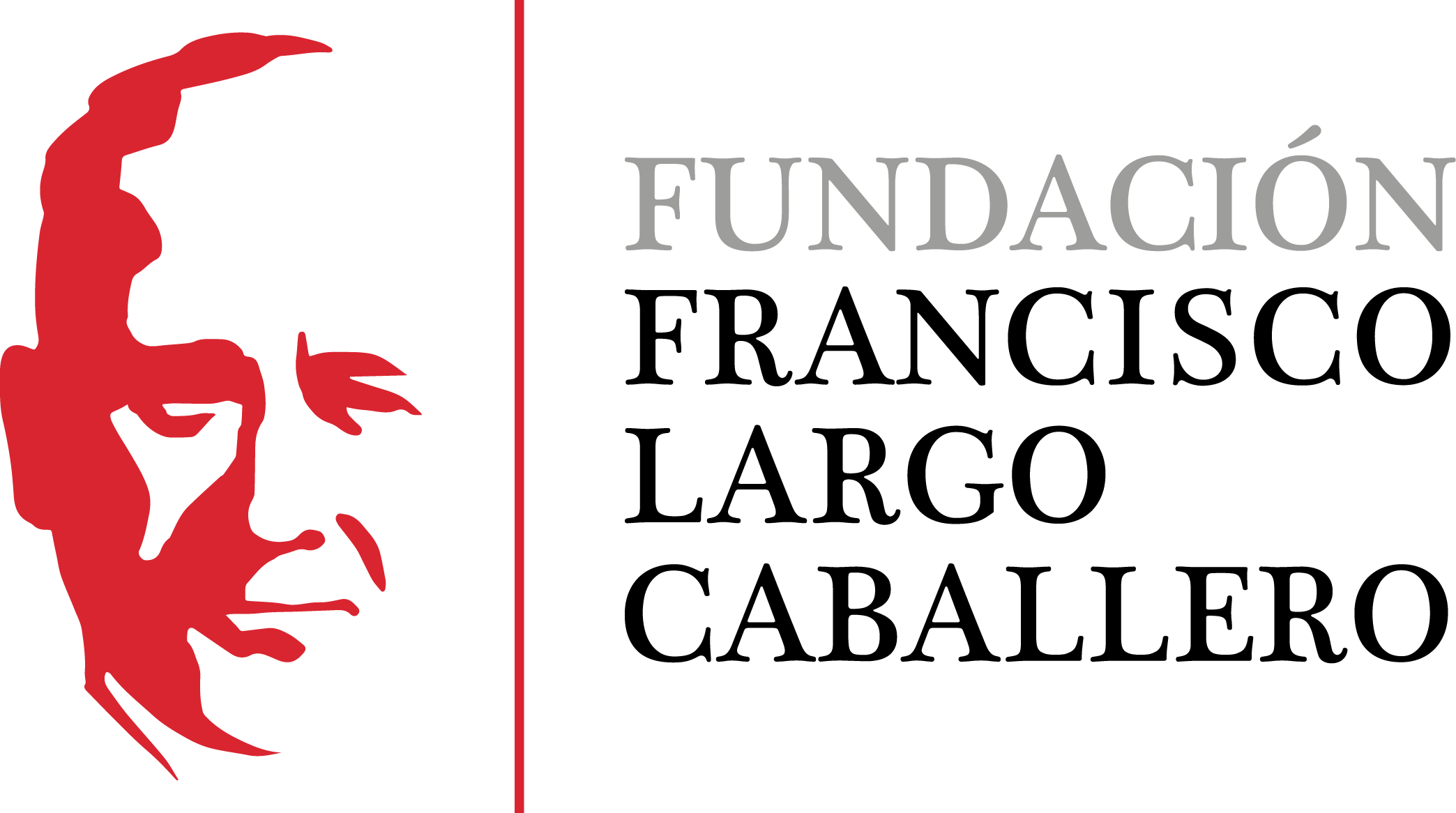The electricity "miracle" and the local elites: the Sociedad Eléctrica Castellana (Valladolid, 1887-1907)
DOI:
https://doi.org/10.69791/rahc.132Keywords:
electric power, modernization, bourgeoisie, local elites, urban improvementsAbstract
In this article we address the start of the electric power’s production in the town of Valladolid (Spain), in 1887. An entrepreneurial development that could be focussed as a model for other middle-size Spanish towns at the end of the Nineteenth century. In our contribution we are concerned both with the history of the company that assumed this challenge in Valladolid, the Sociedad Electricista Castellana and with the bourgeois elite that invested its capital in it; a minority from which we emphasize its links with the flour mills and its commitments with the main Castilian politician at this time, Germán Gamazo. Its substitution by an apparently new local elite, led by a young and ambitious politician and businessman, Santiago Alba accounts for the decline of the Electricista and its absorption by a much more dynamic company, the Electra Popular Vallisoletana, in 1907.
Downloads
Global Statistics ℹ️
|
90
Views
|
33
Downloads
|
|
123
Total
|
|
Downloads
Published
How to Cite
Issue
Section
License
Copyright (c) 2014 Pedro Amigo Román, Rafael Serrano García

This work is licensed under a Creative Commons Attribution 4.0 International License.
Alcores is an open-access journal. It provides unrestricted access to its content from the moment of publication. We respect intellectual property rights, and for this reason, the author retains the copyright. All content is distributed under a Creative Commons Attribution 4.0 International (CC BY 4.0) license. The terms of the license can be consulted at: https://creativecommons.org/licenses/by/4.0/
This license allows sharing (copying and redistributing the material in any medium or format) and adapting (remixing, transforming, and building upon the material for any purpose), provided that authorship and first publication in this journal are properly credited, a link to the license is included, and any changes made are indicated.
This type of license facilitates the freedom of reuse and ensures that the content of this journal can be used to meet research needs.





